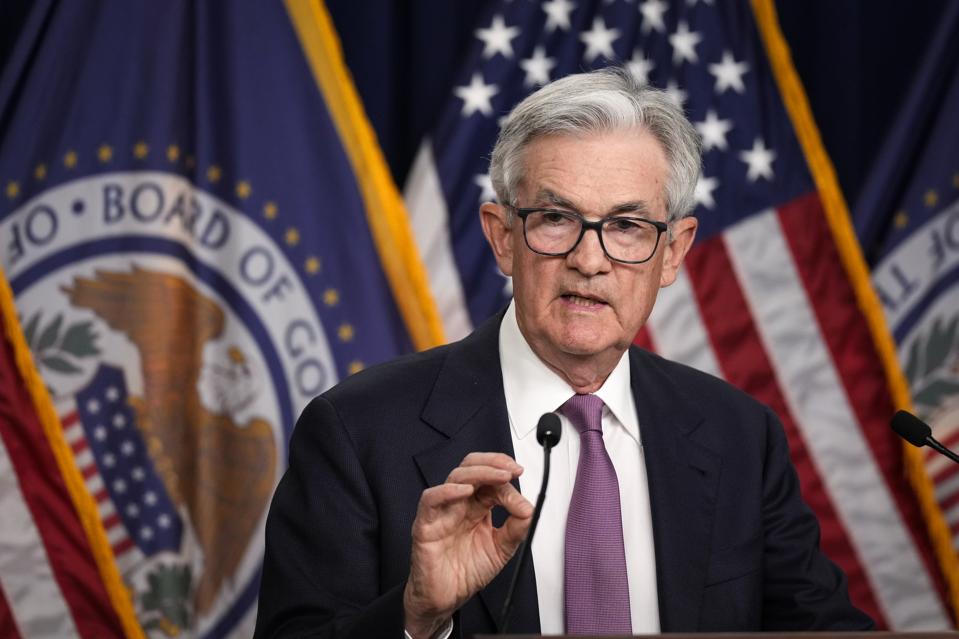Fixed income markets expect the U.S. Federal Reserve to hold rates steady at the conclusion of its next meeting on March 20. If so, this would continue a recent run of meetings with the Fed leaving interest rates unchanged. The last interest rate increase came in July 2023. However, markets currently expect the Fed to cut rates no later than July 2024 and perhaps as soon as May.
The Trajectory For Interest Rates
Both Fed projections and market expectations see interest rates coming in 2024, but weighted to the second half of the year. Currently markets expect approximately three to four cuts by December 2024. That implies short-term rates ending the year a little over 4 percent.
However, at the March meeting Fed policymakers will update their projections for economic variable in the Summary of Economic Projections. This includes the outlook for interest rates. Markets will watch the Fed’s update here closely.
The minutes of the Fed’s January meeting as released on February 21 stated “In discussing the policy outlook, participants judged that the policy rate was likely at its peak for this tightening cycle.” That implies interest rates should move lower in the medium term.
However, the minutes also stated that, “Participants generally noted that they did not expect it would be appropriate to reduce the target range for the federal funds rate until they had gained greater confidence that inflation was moving sustainably toward 2 percent.” Hence Fed policymakers are not necessarily ready to cut rates yet. Still, the Fed is starting to discuss reductions in interest rates, which is a change in stance compared to 2023 when language was tilted more to scenarios in which interest rates might rise further.
The Economic Data
Inflation is clearly down from the peak levels that alarmed the Fed at the start of this tightening cycle. Nonetheless, the Fed’s annual inflation target is 2%, and recent inflation reports implied that inflation is still a little way above that goal, and maybe no longer moving toward it.
The Fed’s preferred Personal Consumption Expenditures price index showed annual inflation at 2.4% for the year to January 2024. That’s 2.8% when food and energy trends are excluded. However, the month of January did see a 0.4% rise in prices, on PCE estimates, which is relatively high compared to recent months.
The Consumer Price Index, which offers an alternative measure of U.S. inflation estimates annual inflation running at a 3.1% annual rate as of January 2024, or 3.9% stripping out food and energy costs, but with little disinflation seen since October 2023. The Fed will examine the release of another CPI update on March 12 ahead of their next meeting.
Jobs data has also been reasonably strong over recent months, calming potential fears that the Fed would need to cut rates to prevent a recession. The U.S. Employment Situation Report for February will be released on March 9, providing more data ahead of the Fed’s March meeting.
What To Watch For
Markets will be extremely surprised if the Fed changes interest rates on March 20. However, the major question is when interest cuts are coming in 2024. It is likely that comments in the Fed’s release, press conference and Summary of Economic Projections will all inform that the timing of interest rate cuts.
Currently, markets believe the first cut will most likely be in June, but could be as early as May or as late as July. After the March meeting, the markets should have a more accurate view on both the timing of the first cut and how many cuts to expect in 2024.

